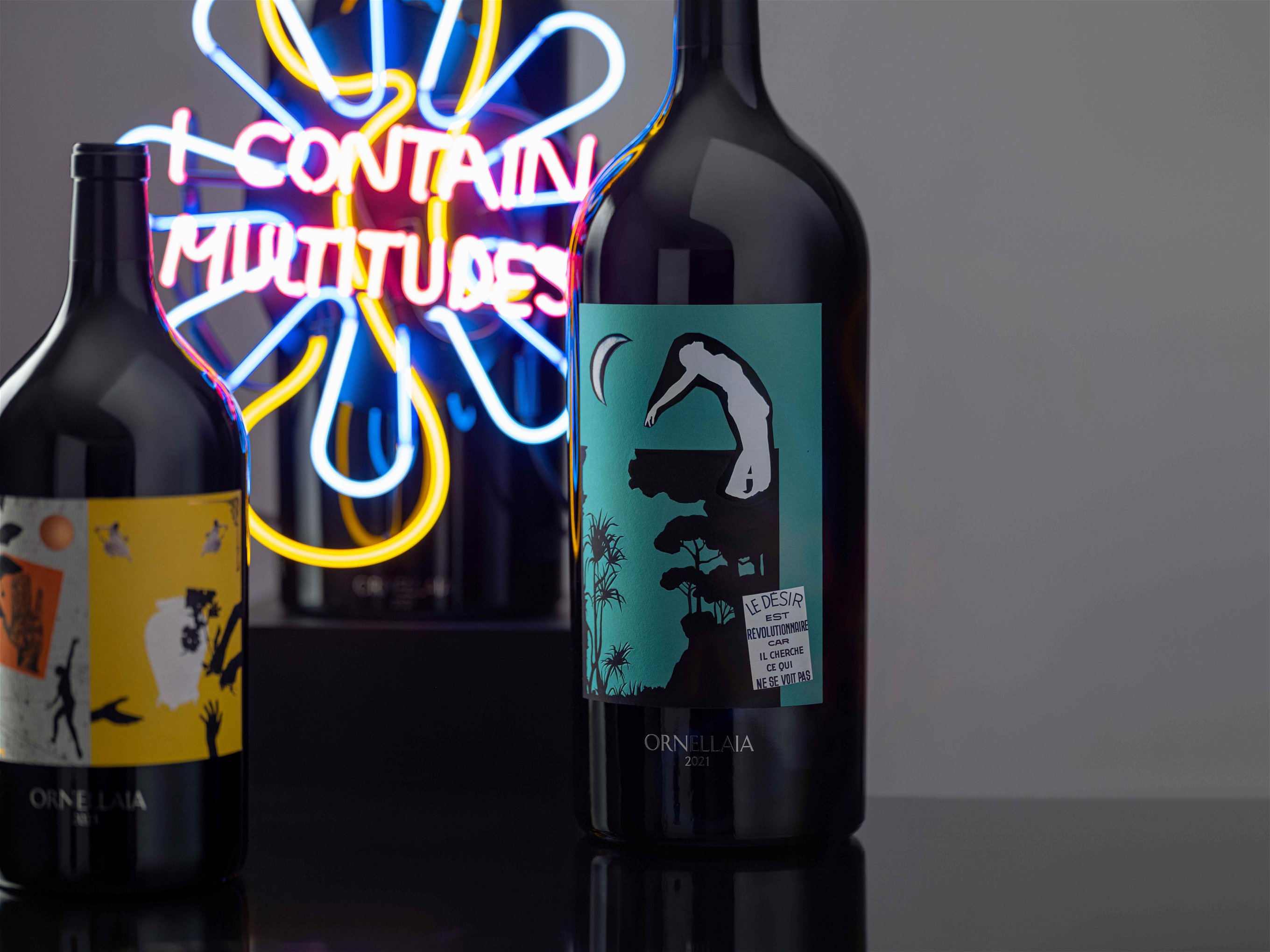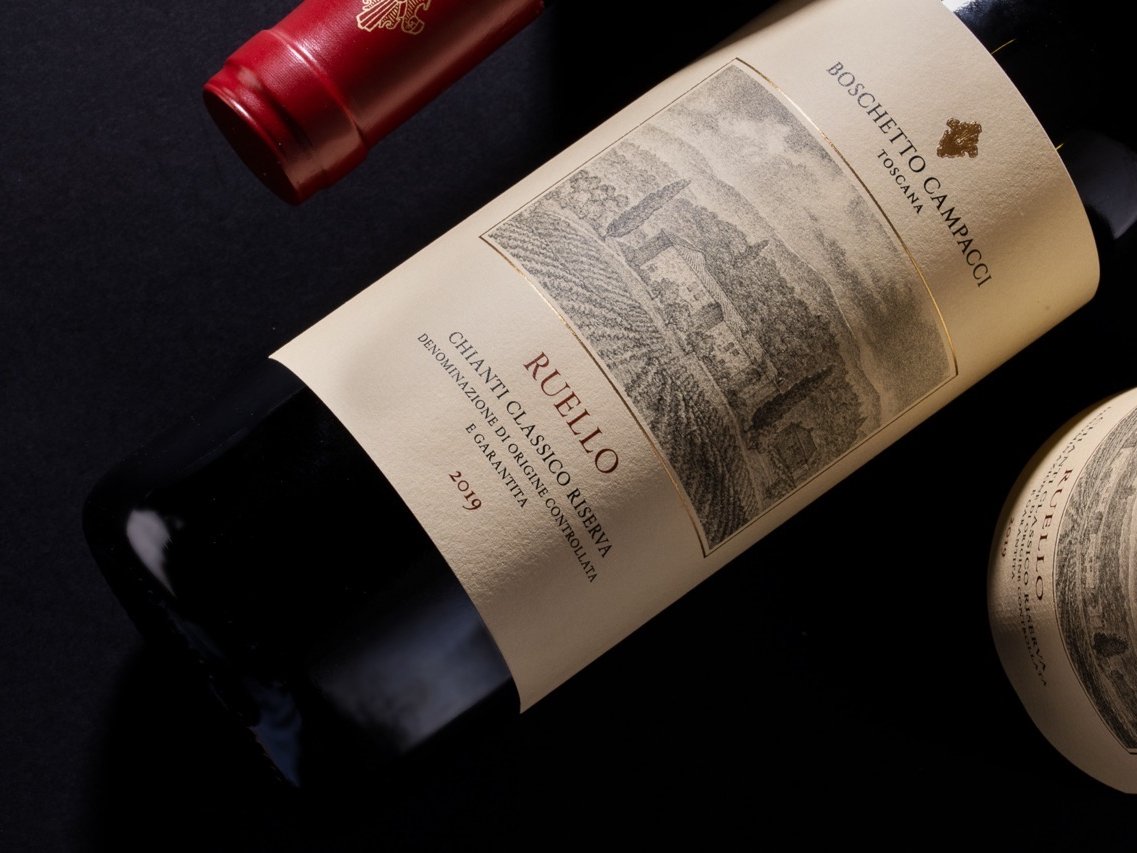The Sadie Family Wines: Columella, Palladius & Evolution
A retrospective tasting of his flagship wines, Columella and Palladius, prompted Eben Sadie to share his philosophy of implementing change and the evolution of these South African icons.
When Eben Sadie came to London to present the new vintages of his red Columella and white Palladius wines, alongside some older vintages, it was “just to update everybody where we are at,” the Swartland-based winemaker said.
Changes and pressure
“Lots of things have transpired, especially in the last eight years, we lived through a massive drought in 2017, 2018 and 2019 – it was brutal – I almost fell into depression because when you farm and you love your vineyards so much, it is horrible. But the drought made us much better farmers. We would never have arrived at this point in our viticulture without it. We would have got there but it would have taken us 20 years. Drought is just like a pressure cooker. We planted so many cover crops, did lots of composting, trying to build as much carbon in the soil because carbon is the intelligence of the soil, you can double your water holding capacity – that is one way of dealing with global warming.”
Isohydric and anisohydric varieties
“You also plant varieties that are more suited,” he noted and made a distinction between two categories of grapevines: “Isoyhydric varieties shut down at ten in the morning [when it is too hot]. The tempo of the evapotranspiration and photosynthesis overshoots the metabolism of the vine and they shut down,” he said, thereby protecting themselves. “Anisoyhydric varieties do not have this capacity – they will just keep on evapo-transpiring and put their own system in such a stress situation, and it is always at this point that the vine starts burning its acid.” He means that the all-important acidity in the fruit gets lower and lower.
New grape varieties
“I started to plant variety in the Swartland 18 years ago,” Sadie said. “It takes a long time to get the material through quarantine.” This is then followed by more waiting time as nurseries propagated enough vines to plant. Thus Sadie has only been able to make wine from his new variety project in the last four to five years. “Viticulture has to change a lot, the type of grape varieties has changed a lot,” he noted but was full of excitement when he said: “Agiorgitiko from Greece packs an incredible punch in our climate, Trincadeira is doing amazing, Carignan and Grenache are amazing. We harvest Alicante Bouschet at 12 percent potential alcohol and it's fully ripe. Counoise is doing very well. Another variety that thrives in the Cape is Pontac.” But Sadie trials white varieties, too: “Assyrtiko, Grillo, Catarratto, and on the coast Piquepoul – a grape that surprised me. And I cannot believe the performance of Vermentino. All of these varieties I planted in slate, in granite and in limestone soils on the coast – the limestone on the coast is the biggest address for acidity.”
Hi tech advances
Sadie does not leave it at trialling new varieties, he also uses advanced technology to gain as much data that he can evaluate and learn from: “We will fly a site with a drone, with satellite we can then build a complete terrain analysis, and we have other software that goes on top of that where we interpolate the movement of the sun. We move much faster today – normally this would take 100 years.” Having the measure of the land then helps to make much more planting and viticultural decisions.
Reading changes
Sadie then moved on to the changes made at the winery, starting with Columella, the wine he has made longest. “In the first ten years of making Columella, we destemmed all the grapes. I was picking riper, between 14 and 15 percent of potential alcohol – it was that era, we did three pigeages [punch-downs to extract colour and tannin from the grape skins] a day, and after six weeks we would press the wines off into 40-60% new oak,” where they would mature for 24 months. “That was the first decade. After the first decade we sat down, and this climate change thing started. I only like to make changes once a decade because if you make changes all the time, you cannot read the changes.” 2009 was thus the last vintage of the old way.
“In 2010 we made the changes. We went to 70% whole cluster fermentation, no pigeage, zero, only one bucket-over of the day of 10% of the wine, a very light extraction. We pressed the grapes into 5% new oak for 12 months and then 12 months in foudre. The first decade we made the wine like coffee, the second we made it like tea.
“Now we only do 30% whole cluster, and the rest is still the same. In the first decade we tasted a sophistication of tannin and in the second decade there was something lacking. We are now getting those layers – and now I have to wait again for ten years. It’s really a great way of doing it. Because one day there will be 30 wines on the table, then it is absolute. Then you come into the new year and 18 is a very good update as to where we are right now.”
Palladius
Sadie then moved on to talk about his white wine – characterising it vis-à-vis the red: “Columella always was that guy at school who plays the first team in football, who dates the prom queen. Palladius was not that guy, Palladius was a battle. It was the first wine in South Africa that was a blend of all these weird grapes. When we made the first wine, we were really flying blind. In 2003, 2004 and 2005 I had Chardonnay in the wine. I planted Viognier, Roussanne and Marsanne only to realise that the Swartland is way too hot for these varieties.” He was very frank about his thought process: “The 2007 is a 14.6-14.7 percent wine, it is very tropical and extremely ripe, the 500 litre casks helped, and their tannin, but we realised this is too much. I was very wary of the ageing of the wine. In 2010 I diminished the percentage of Viognier, Roussanne and Marsanne. They were too ripe and too flabby, I introduced more Colombard. We also pressed everything whole bunch and in 2014 we made the complete migration into no more oak. Everything after 2014 is only in concrete eggs and in clay amphorae. We started to introduce Verdelho, old vine Sémillon, Palomino which is fully ripe at 10.5% alcohol, the Clairette Blanche and the acid of the Colombard have been a great addition.”
The wines tasted showed great personality and deservedly hold cult status. Eben Sadie is a visionary and takes his entire country forward.












